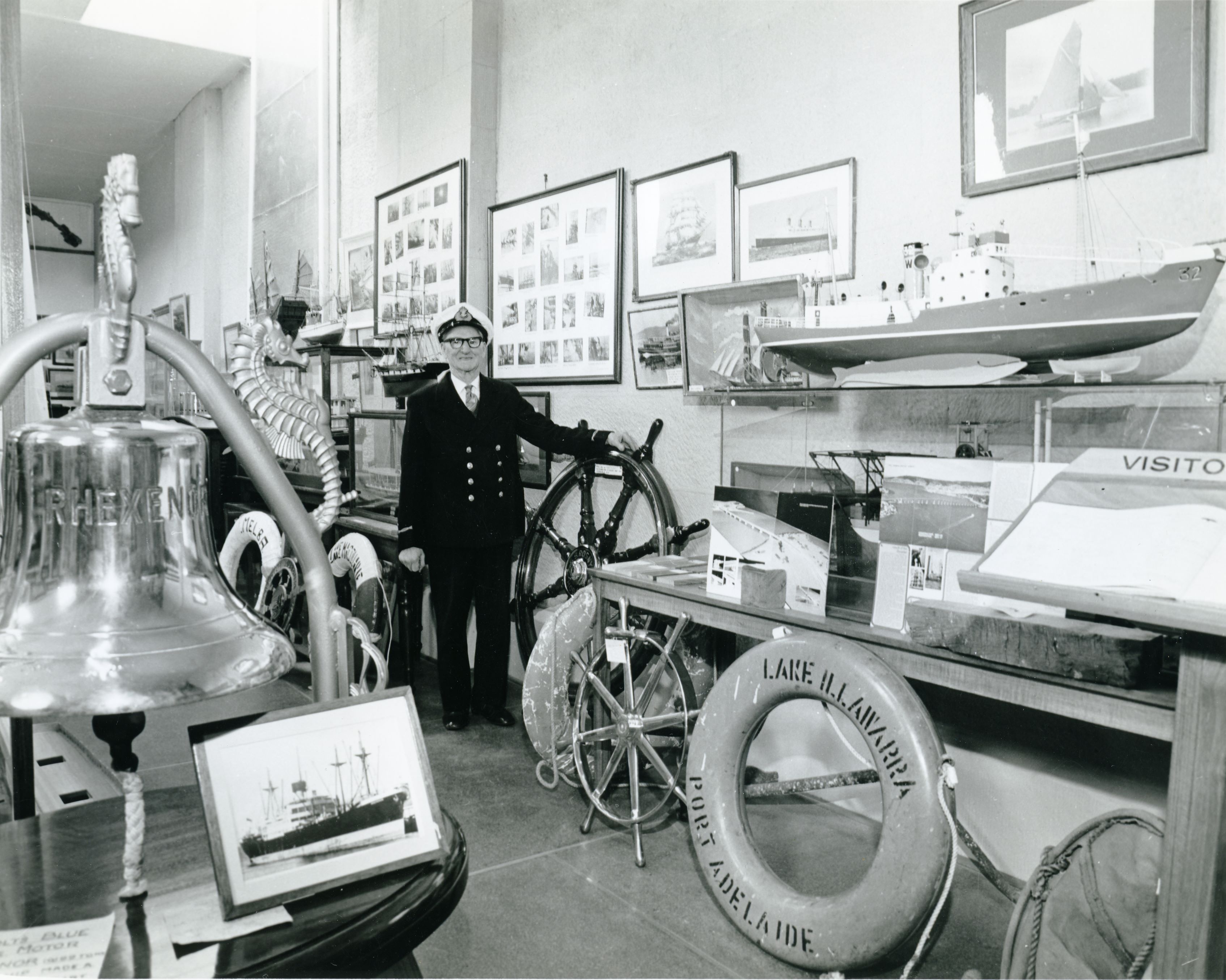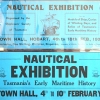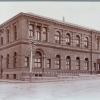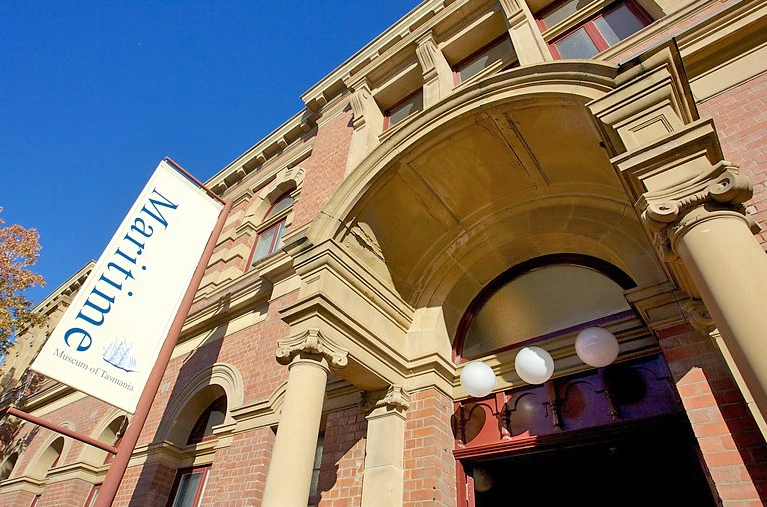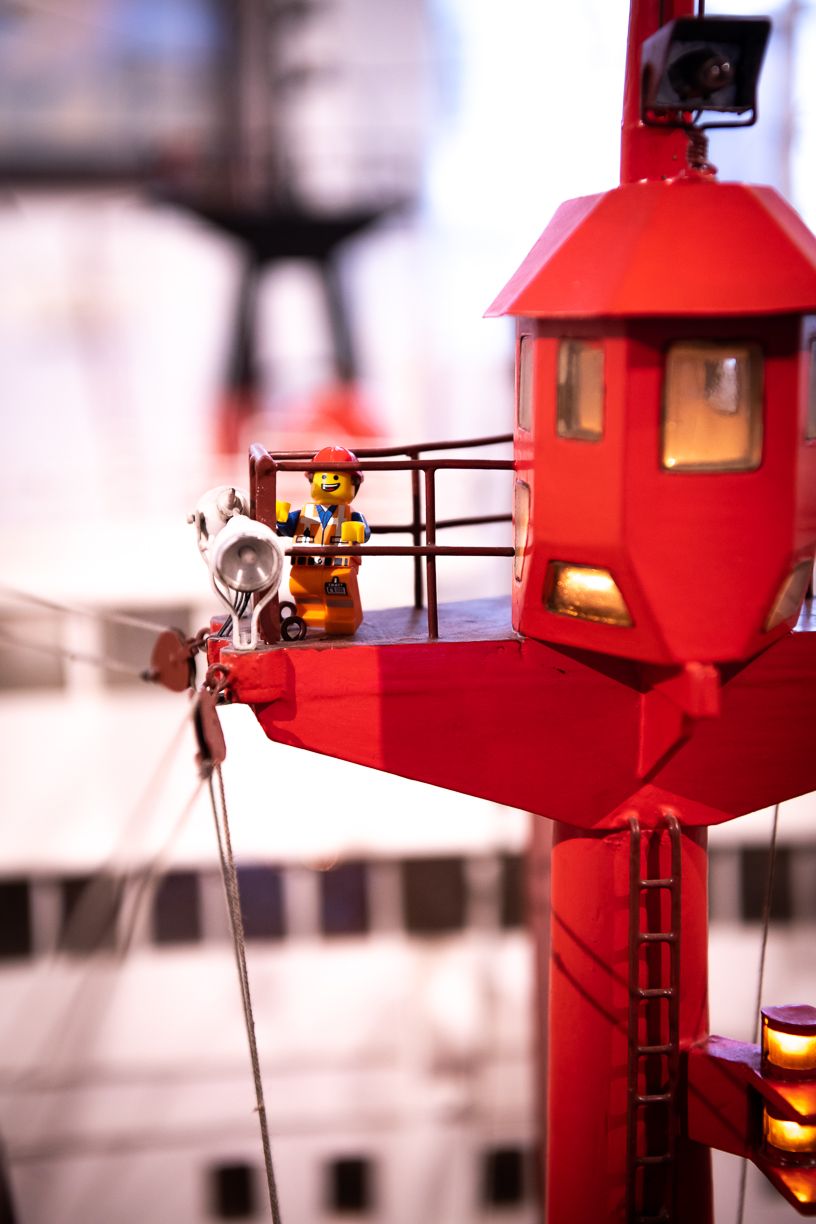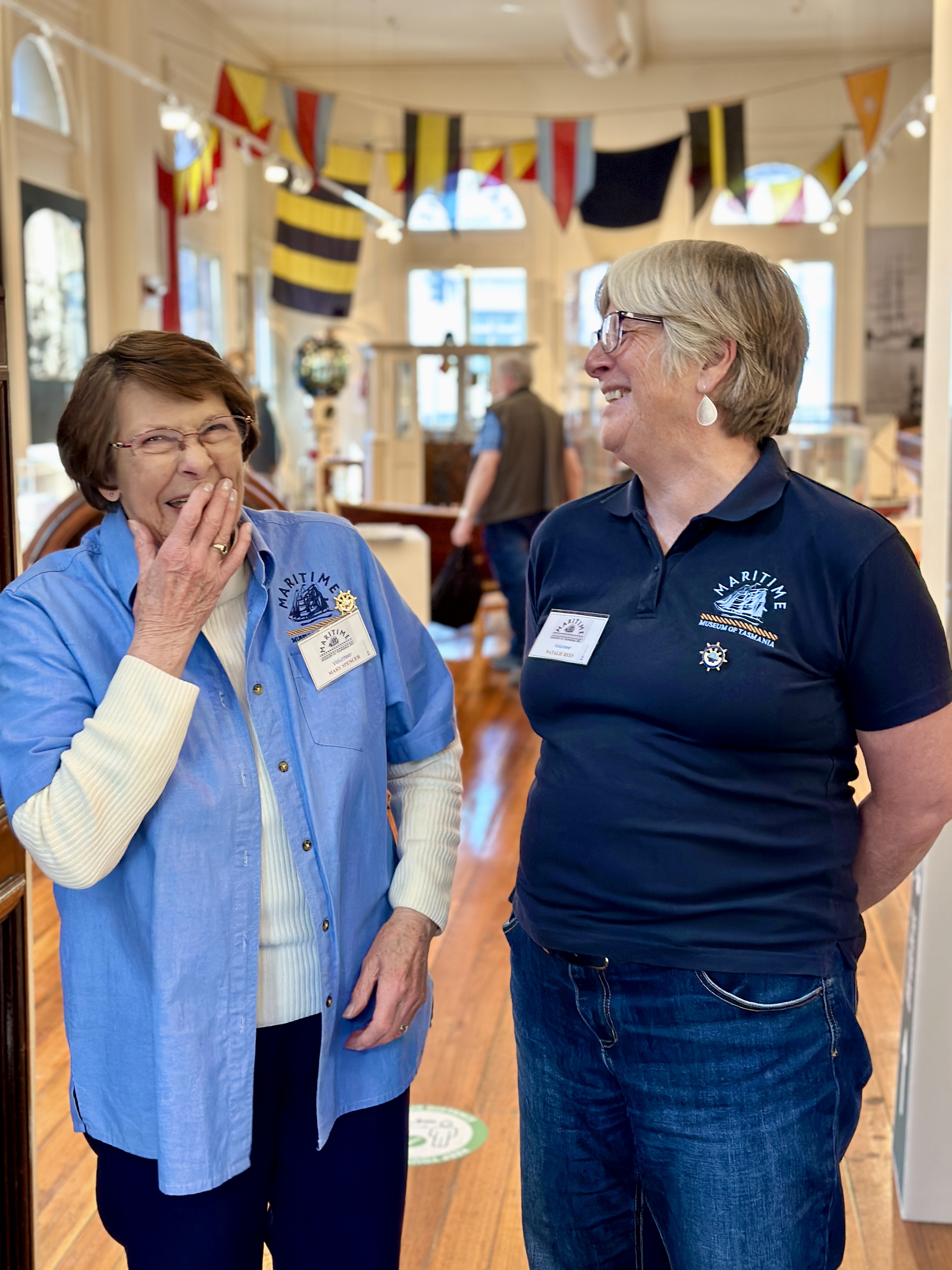Our History
Nipaluna/Hobart, with one of the best harbours in the world, was Australia’s second port and from the early nineteenth century became a port of call for whaling and sealing ships and a centre for shipbuilding.
But it was not until 1931, when the Shiplovers’ Society of Tasmania was formed, that a serious effort was made to preserve and document our local maritime heritage.
The Shiplovers' Society
The Shiplovers' Society brought together people who made their living from maritime pursuits and who were interested in Tasmanian history. Henry W Wilson, who worked for shipping firms, decided to form a Shiplovers’ Society of Tasmania after reading, in the Nautical Magazine, a report of the Shiplovers’ League in London.
Henry W Wilson established the Shiplovers’ Society of Tasmania in 1931 after reading about the Shiplovers' League of London. Wilson's first recruit was Harry O’May, a well-known ferryman and budding maritime historian.
The Society decided on three aims: The first was to foster and promote an interest in the history and theory of ships and the sea. The second aim was to help in the study, collection, and preservation of maritime records, picture books, relics and models.
The third aim was to hold regular meetings of those interested in maritime history. More broadly, the Society sought to encourage in Australian minds and in the hearts of Australian youth the love of the sea and its famous old-time traditions.
By 1951, the Society had over 200 members, typically with some connection with shipping or insurance firms, ship building, harbour management, or the sea, either for employment or leisure.
In the first three decades the Shiplovers’ Society of Tasmania achieved much in terms of building models, writing histories, erecting memorials, and collecting memorabilia.
Soon after its formation, the Shiplovers’ Society contributed to displays of objects illustrating aspects of Tasmania’s history. In 1936 the Society held a Nautical Exhibition, showing a large collection of ship models, pictures, and the relics of sea-faring.
The exhibition was designed to celebrate exploits of Tasmanian ships and the men who sailed in them.
Finding more space
As the donations grew in the 1930s, some enthusiasts recommended that a Nautical Museum be established as a memorial to King George V, who had been a sailor and lover of all things nautical. A separate building was beyond the resources of the Society and government money was not forthcoming. Instead, the Society lobbied for more space at the Tasmanian Museum and Art Gallery.
The museum Director, Dr Joseph Pearson, whose research interests included the biology of whales and dolphins, was sympathetic and did his best to allocate more space but said more permanent arrangements rested on government approval for an extension to the museum building.
In 1947 the Society persuaded Pearson to find room to display a valuable collection of whaling implements or risk it being lost to the state. The solution to the Society’s space problems was temporarily eased by maintaining a room at the Narryna Folk Museum at Battery Point sometime after it was opened in 1957.
The Shiplovers’ room contained memorabilia relating to Tasmania’s maritime history, including old ships’ logs and papers, whaling equipment, and other relics that underlined Hobart’s central role in the international whaling industry.
Maritime Museum Tasmania opens
In December 1974 the Maritime Museum opened in the old stone building behind St George’s Church in Battery Point, known as the Mariner’s Church. From around 1983 the collection was housed in the larger Secheron House in Battery Point.
In 1999, the museum took its first steps towards becoming a major community resource and attraction for the twenty-first century, moving to the Carnegie Building, nearer to the city’s centre and close to Constitution Dock and Sullivans Cove, the heart of maritime Hobart.
Queen Elizabeth II officially opened the redeveloped Maritime Museum Tasmania in March 2000.
Looking ahead
Maritime Museum Tasmania now cares for more than 70,000 objects, including archaeology, art, models, historic objects, hand tools, photographs, and archives, with more items being acquired every year.
In 2024 the Maritime Museum Tasmania will celebrate 50 years of preserving our local maritime history and honouring our community's connection to the sea.
Principal Sources Consulted: Denny, C. “Tasmanian treasures: Maritime Museum of Tasmania.” Signals 104 (2013): 48-53. Petrow, S. “In Memory of Ships: The Shiplovers’ Society of Tasmania 1931-1961.” The Great Circle: Journal of the Australian Association for Maritime History 29 (2007): 29-43

